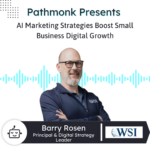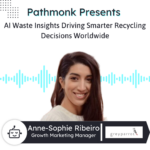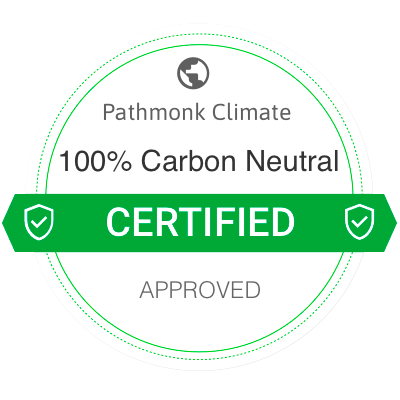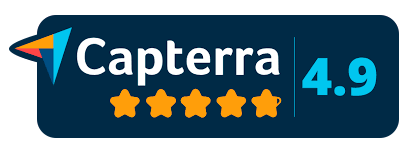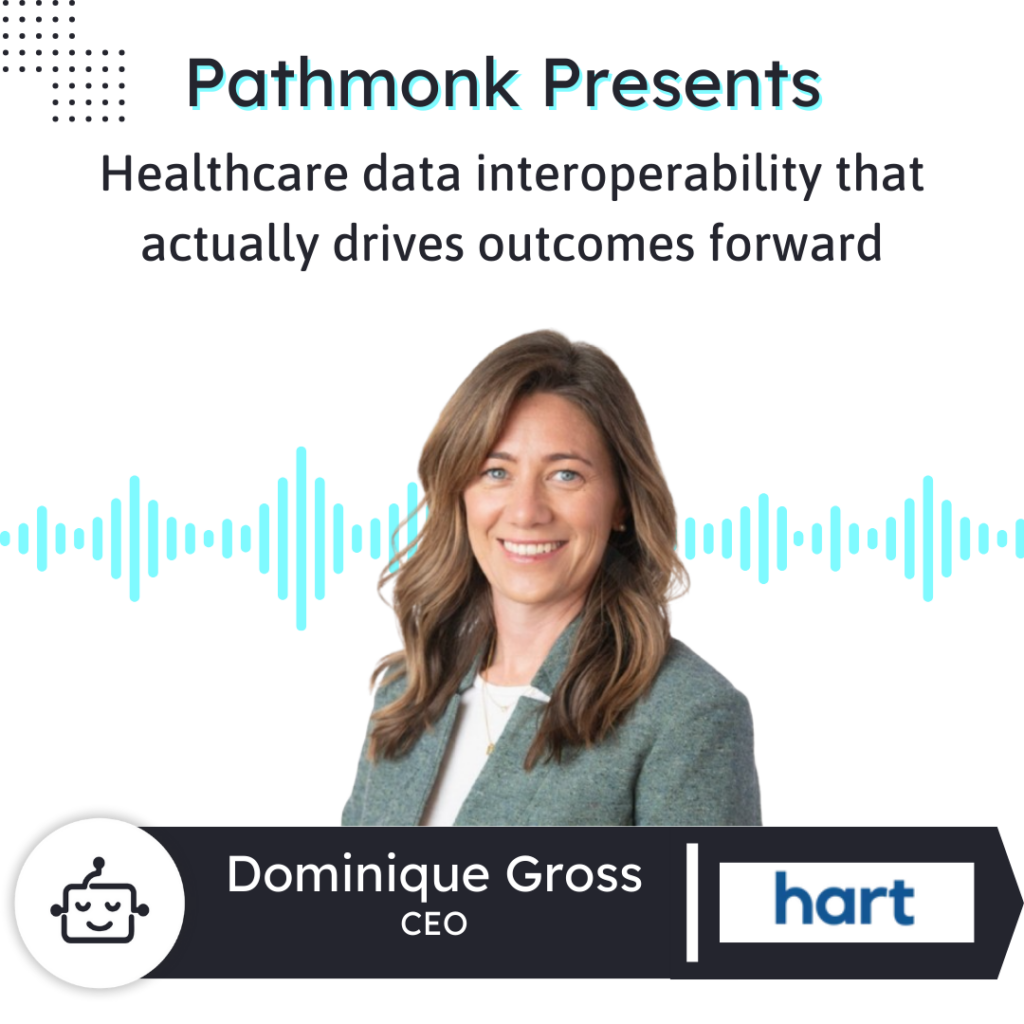
Introduction
Meet Dominique Gross, CEO of Hart, a Kansas City–based health IT company focused on interoperability and data management across healthcare organizations.
Dominique explains Hart’s four core solutions—EHR-to-EHR data migration, compliant archival of clinical and financial data, real-time data streaming for population health, and disaster recovery—delivered via a technology-first middleware platform.
On growth, Dominique details a dual LinkedIn strategy (account-based ads plus employee-amplified organic), partner co-marketing, and a website overhaul emphasizing clarity, education, A/B-tested copy, and conversion-ready landing pages.
Increase +180%
leads
demos
sales
bookings
from your website with AI
Get more conversions from your existing website traffic delivering personalized experiences.
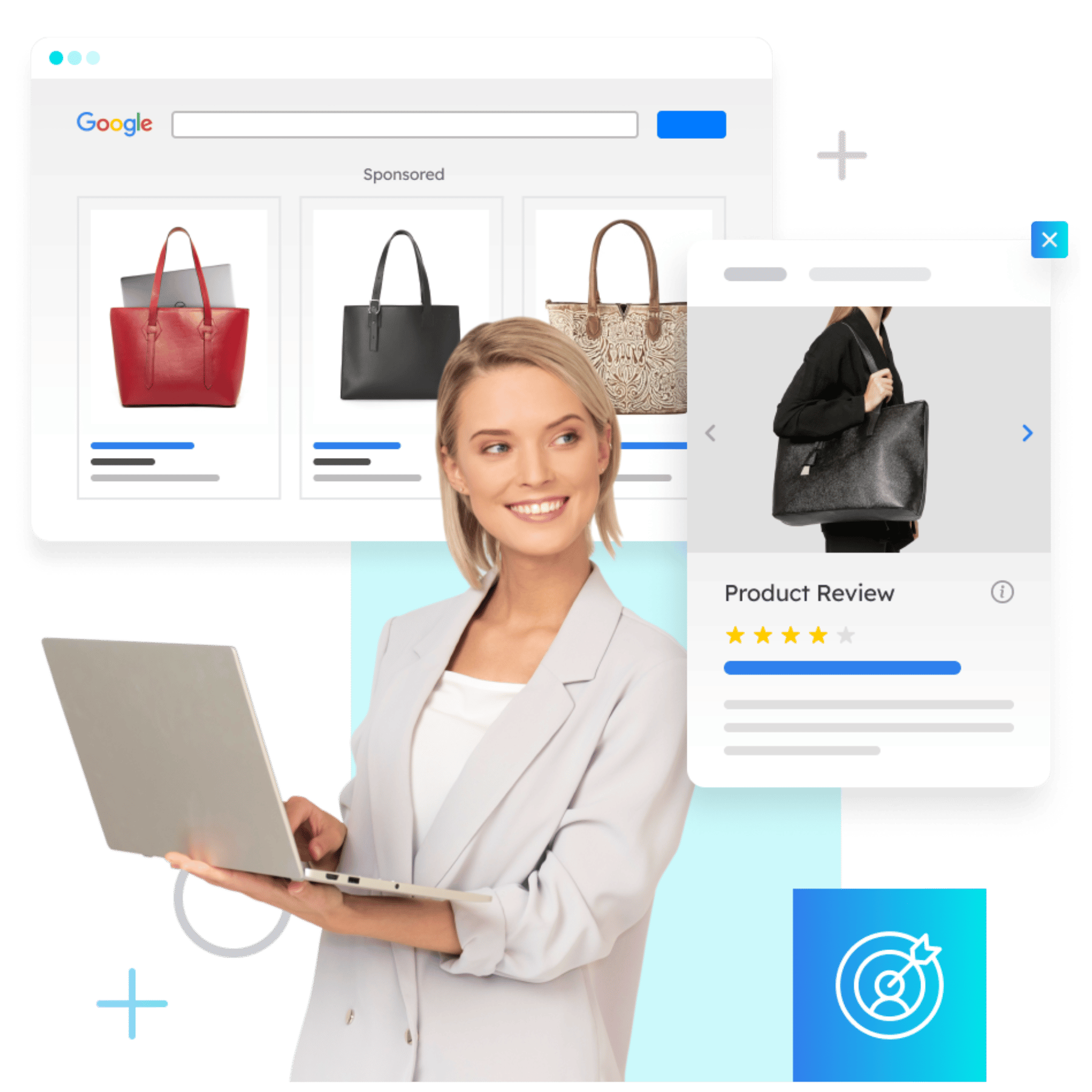
Kevin: Welcome back to Pathmonk Presents. Pathmonk is the AI for website conversions. With increasing online competition, over 98% of website visitors don’t convert. The ability to successfully show your value proposition and support visitors in their buying journey separates you from the competition online. Pathmonk qualifies and converts leads on your website by figuring out where they are in the buying journey and influencing them in key decision moments with relevant micro experiences like case studies, intro videos, and much more. Stay relevant to your visitors and increase conversions by 50% by adding Pathmonk to your website in seconds, letting the artificial intelligence do all the work, and increase conversions while you keep doing marketing as usual. Check us out on pathmon.com.
Hey everybody. Welcome back to another episode of Pathmonk Presents. Thanks very much for joining us and we’re really excited for today’s episode. Today we’ve got Dominique Gross over, CEO over at Hart. Dominique, how you doing today?
Dominique Gross: Doing great. Thanks for having me.
Kevin: Of course. We’re really looking forward to chatting today. So before we dive into the nuts and bolts about everything that’s going on from a marketing perspective over at Hart, why don’t you give our audience a little bit of a blanket statement — who are you guys, what’s the company all about? And yeah, just give us a little background info.
Dominique Gross: Yeah, thanks. So Hart is a health IT company. We’re based out of Kansas City, Missouri, and we really help clients focus on interoperability in healthcare. We do four key different things. We help clients move from one electronic health record to another. We help them store that data — so having archival of clinical and financial data. We also help clients stream data. So oftentimes they wanna aggregate it, put it to population health. And then lastly, we help clients with disaster recovery, so they have a backup just in case. So really focused on a variety of different data management strategies for healthcare.
Kevin: Okay. Excellent. And I think that leads very well into my next question, which I think is gonna be pretty straightforward. But in terms of the companies that you guys are helping — how do you serve them, what are some of the main problems you’re solving for them, and what can they expect from you? Basically, who’s the audience and what are the primary services that you guys are providing?
Dominique Gross: Yeah. We really serve healthcare in general: any sort of hospital, health system, physician clinic. We also serve some payers as well or aggregators like accountable care organizations. Typically we find most of our clients have a variety of different types of care sites, and the reason for that is because oftentimes they have enterprise needs. So like I said, we do different data management strategy supports. We’re a middleware company, so we actually have an underlying technology to serve them, which is a big part of what makes us most unique in this market.
Our market’s kind of interesting. It’s been made up of, on one hand, very API-to-API pass-through type providers, and on the other side, consulting firms that do a lot of this work manually. So we’re really interesting because we’re technology-first, but we do things in a different way that’s more useful from a data-quality standpoint. We also make sure that people have a more robust amount of data as they’re making these transitions.
Like I said, in those four key use cases, a great example is: I had a client the other day who came to me and he says, “Oh, you do data migrations from one vendor to another?” I said yes. He said, “One, I didn’t think that was possible, and two, how they do it today is they basically move from one system to another, they print out the last two patient encounters. Just imagine that — going to the physician or the doctor having the last two times you’ve seen them, they print it to PDF and make it a reference point. And that’s all the information you have when you go to a new EHR.”
I was shocked by that. So we make it possible so that all your data is where it needs to be, when it needs to be there. Things like that are pretty revolutionary to the market, so it’s very exciting to be in this space and broadening our customer footprint across hospitals, health systems, and their networks.
Kevin: I’m pretty curious about one of the things you mentioned — that there are also businesses out there that do this not necessarily as a software but as a service. How do you guys position yourselves against people that may be doing this as a service? Because I’m sure they have their value propositions about having experts in the field, but ultimately having software that can do this makes things so much more effective and efficient, right?
Maybe you can tell us — not how you specifically position yourself against competitors, but more specifically against these service providers that are in the same space.
Dominique Gross: Yeah. They’re usually technology-enabled service providers, which is super interesting. So they usually have a user interface that sits on top of a bunch of manual work that’s happening behind the scenes. I always visualize this — someone literally copying and pasting something in Excel from one column to another.
Obviously that takes a lot of time. There are constraints in that, right? The average human error is 5%. In healthcare, that 5% matters a lot. You can just imagine.
With those kinds of providers, I always talk about the fact that we’re a 12-year-old company. We’ve built up a library — kind of like LLMs and AI — we’ve been building up a library of configuration for over a decade. We’ve got almost 200 EHRs that we’ve seen in our lifetime of different iterations that we’ve been storing. “Here’s your configuration library.” That kind of knowledge and intelligence can be applied today in a totally different way, and it drives efficiency, quality, data integrity — all of these things.
We focus on having the most complete data, at the highest integrity, at the lowest time because all that drives extraordinary efficiency.
Consulting services is interesting because they tend to do a lot more — project management, etc. So we really hone in on our unique value proposition and then bring in partners where it makes sense to fill gaps where they might consider a traditional consulting firm.
Kevin: That’s excellent. The thing you mentioned about the potential risk of human error — just imagine your electronic health records are the ones that fall within that 5% error. You’re the one that gets screwed. So let’s remove that human error and make sure everything flows through one system that’s guaranteed to work. Awesome.
Great. I want to focus a little more on your audience because ultimately we’re talking about marketing here. Maybe you can tell us: How does your audience currently find out about you? I would imagine there’s some word of mouth, some organic SEO, maybe some paid advertising. What are your top acquisition channels?
Dominique Gross: Yeah. We have a few different paths for acquisition, but our primary is actually LinkedIn. We tend to find our core audience on LinkedIn — CIOs, directors and VPs for health informatics, the IT community within healthcare.
So we have a dual strategy with LinkedIn. One is paid advertising — very targeted, very ABM. We’re literally loading lists and saying “this is our core target audience.” And then we also do organic posting so it’s more broadly available and our employees and partners can reshare.
So I’d say that’s our core acquisition channel. Healthcare, like most markets, requires multiple touches before people take action — I think the average is seven. So it’s a long journey.
We run two core campaigns: one around brand awareness, the other around products and services based on needs.
After that, we do a lot with partners — resellers, consulting firms. We’ll do partner marketing through events and co-marketing, which helps tremendously because it creates a multiplier effect.
Generally, we’re trying to drive traffic to our webpage for awareness and education. Oftentimes in our marketplace, people don’t understand these solutions or even know what’s possible, so we want to provide as much education as possible in plain English.
Kevin: Yeah, making it so that everyone can understand what you’re talking about. Because data migration is a relatively complex topic, but making sure that the copy is applicable to the lowest common denominator — that anyone at any level can understand it.
Dominique Gross: Absolutely. We’ve done AB tests, for example with LinkedIn. It’s exactly the same copy but one word difference — and one will perform unbelievably high. “Migration” performs like crazy; “transformation” not so much because it’s nebulous. Funny how one word makes such a big difference.
These acquisition channels help us compare and really dial things in.
Kevin: Yeah, totally understand. I want to focus on your website a little bit. LinkedIn is your primary acquisition channel, but ultimately it’s driving people toward the website so they can educate themselves. What role does the website play in client acquisition, and what strengths or weaknesses do you currently see?
Dominique Gross: Yeah. We’re in mid-overhaul of our webpage right now, so this is near and dear to my heart. The webpage is super important — especially in our client’s education journey.
Our market is noisy — lots of alternatives. Everyone sounds the same. They use similar words. They say they do similar things. And it couldn’t be more night-and-day different in reality. It’s funny.
If you look at 10 competitors, they all say the same thing, same information, case studies, resources, same approach.
We’re refining our site to be more clear and distinctive. Getting to the lowest common denominator in language and copy.
Our webpage is focused on education: being super clear about use cases, what we do, how it works — this granular information.
From LinkedIn: “Here’s the problem we solve.” Then on the webpage: deeper insights. That’s the job of the webpage.
We’re exploring landing pages and optimizing conversions — becoming more intentional about the engagement path from education → consideration → action.
It’s been an iterative process. We’re constantly changing it. This cyclical learning-to-action process: “That didn’t convert; let’s change it.” Or if we already have a demo video, what’s more valuable for driving a connection or a form fill?
Kevin: Really well said. And maybe there’s an opportunity for Pathmonk — wink wink.
I want to move to Dominique — the marketing professional and CEO. Specifically focusing on marketing: What do you think makes a great converting website? Any tools, tips, or approaches you’d recommend?
Dominique Gross: Oh lots. I’ve spent the vast majority of my career in marketing.
Clarity. A unique value proposition. Something that provides value. Checklists or guides work really well. Something that provides immediate value or showcases your expertise.
Then minimize friction — too many form fields kills engagement. I always think from the user perspective: “Am I really going to fill all this out? Is this valuable?”
Also transparency. I watched a video the other day — to sign up for a webinar. After a 3-minute video, at the very end they reveal it costs $5,000. Why make me watch all that?
So: clear expectations, transparency, trust, credibility. The internet is full of information; you need the fastest path to trust, credibility, and value.
Kevin: I agree. And you made me think — they probably have a huge drop-off because they think you’re engaged, but really you’re just waiting for information and then drop out. Being transparent upfront improves trust and the quality of leads.
Dominique Gross: Yes. Absolutely.
On metrics — we use heatmaps, scroll maps, time on page, bounce rates. It’s deceiving — someone spends 15 minutes on your page, but they just left the browser open.
So: most important info at the top, transparent, high-impact value statements. Move people through the buyer journey predictably and with qualifications.
Kevin: Makes sense. Okay, shifting again to Dominique — what does a typical day look like for you?
Dominique Gross: It varies a lot. Some weeks I’m dialed in on a specific project — contracts, segmentation, go-to-market strategy, etc.
But daily: check in with my leadership team. Are we tracking to priorities? Any blockers?
Weekly: meet with finance and sales ops to review the funnel. Every other week: combined marketing + sales meeting — what’s working, what’s not, how to align messaging and feedback loops.
I spend time with the board, with mentors, and with clients — probably 20% of my time is with clients. I love that part — learning their needs, seeing marketplace evolution.
Kevin: And last personal question: Where do you go to learn and stay up to date?
Dominique Gross: Pretty broad spectrum. My Instagram feed is full of business content — Cody Sanchez, others. Operator’s podcast — five CEOs discussing running and growing small businesses. Tons of podcasts.
I read a ton — probably a book a week, maybe 100 a year. My team and I share book and podcast recommendations.
I also lean on mentors a lot — other CEOs who have gone through similar situations.
For marketing specifically: HubSpot newsletters, Harvard Business Review, domain-specific news like Health IT News and Becker’s. I get a litany of newsletters.
Marketing changes constantly — algorithms, cold email rules, SEO shifts. So I rely on experts, but constant learning is necessary.
Kevin: I’m similar — a lot of YouTube and online communities like public Slack channels. Sometimes you can ask a question and thousands of people can answer from experience.
Dominique Gross: I love it. I use YouTube for “how-to” videos all the time.
Kevin: And we’re using more videos in marketing — 90-second videos explaining value instead of text.
Okay, let’s move to rapid fire. First thing that comes to mind. Ready?
Dominique Gross: Ready.
Kevin: Last book you read?
Dominique Gross: Something like Entrepreneurial Leadership — from the Netflix CEO. He said read the first 89 pages.
Kevin: Nice. Next: If you could snap your fingers and fix anything in marketing with no tech limitations, what would you fix?
Dominique Gross: Algorithms. I want marketers focused on customer needs and value — not mastering opaque algorithms.
Kevin: Great answer. Next: One repetitive task you’d automate?
Dominique Gross: Workflows. Building workflows — technically and in teams — takes massive time. Triaging leads without turning them off is complex. If AI could just build workflows intelligently? Magic.
Kevin: Love it. Last question: One piece of advice you’d give yourself if you restarted your marketing journey today?
Dominique Gross: Spend as much time with clients as possible — or deeply research them. You’re only as effective as you understand their needs, problems, and the value you provide. Know your clients deeply.
Kevin: Really well said. Dominique, thank you so much for joining us. Before we sign off, tell our audience again: Who is Hart and how can they find you?
Dominique Gross: You can find Hart at Hart.com or Hart Inc. on LinkedIn. Hart is a health IT company specializing in interoperability and helping healthcare clients meet their data management goals.
Kevin: Awesome. Thank you so much, Dominique.
Dominique Gross: Thank you. Great to have you.
Kevin: See you. Bye-bye.
Dominique Gross: All right. Take care.




